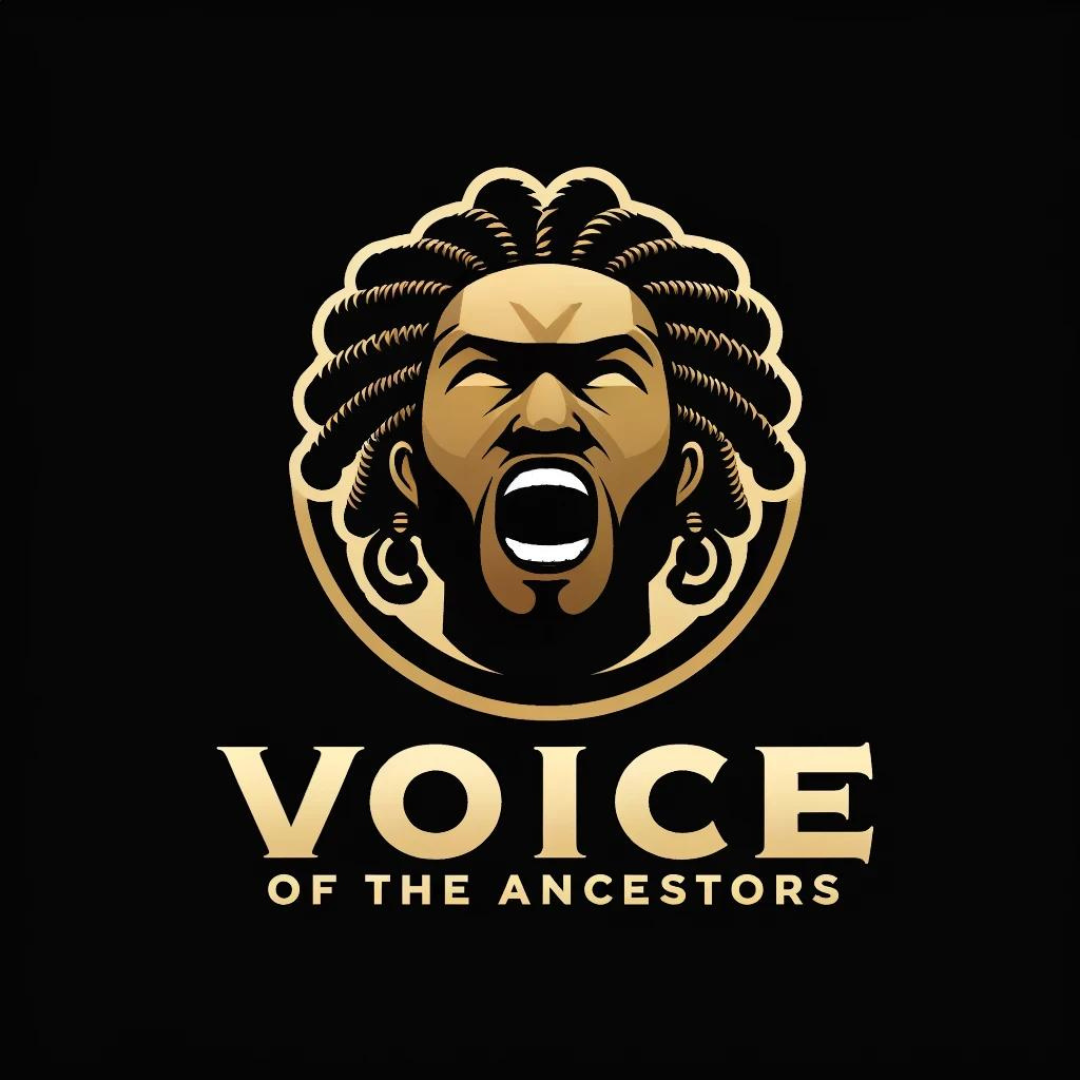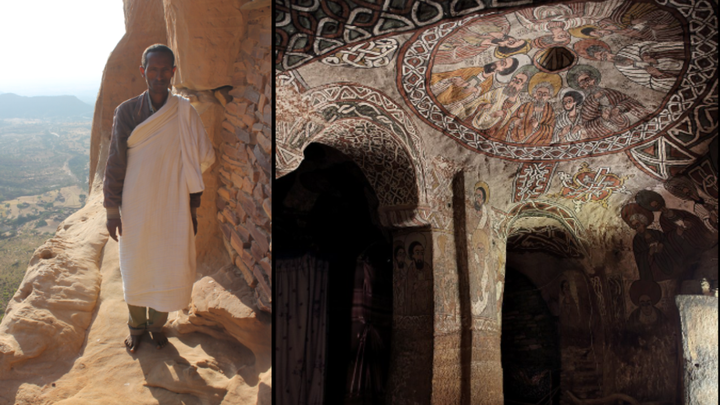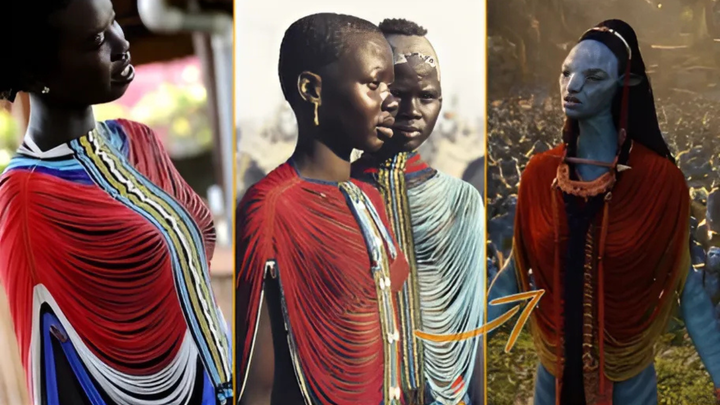The Age of Iron in Africa: Indigenous Origins, Techniques, and Rituals
Forging Civilization: Iron in Africa and Its Cultural Legacy 👀

The Age of Iron in Africa is a testament to the continent's rich technological and cultural heritage. Contrary to earlier assumptions that iron metallurgy was introduced to Africa through external influences, archaeological evidence increasingly supports the view that this technology developed indigenously within the continent. The origins of iron metallurgy in Africa can be traced back as early as 3000 BCE to 2500 BCE, with multiple independent centers of technological innovation spread across West, Central, and East Africa.
Indigenous Origins of Iron Metallurgy
Iron metallurgy in Africa has deep roots, with some of the earliest known ironworking sites located in places like Lejja in Nigeria, Obui in the Central African Republic, and Tchire Ouma in Niger. These sites, dating back to as early as the 3rd millennium BCE, challenge the notion that ironworking technology in Africa was a result of diffusion from the Mediterranean or Near Eastern cultures. Instead, the development of ironworking in these regions indicates a sophisticated level of technological advancement that arose independently, reflecting the ingenuity and resourcefulness of African societies.
The spread of ironworking across Africa was facilitated by the Bantu migrations, which carried the technology from West Africa to the southern and eastern parts of the continent between 500 BCE and 400 CE. This spread of technology was not a simple diffusion but rather a complex process of adaptation and innovation, as various communities refined and developed their own methods and uses for iron.
Text within this block will maintain its original spacing when published Subscribe to the Hottest Newsletter out “The Smart Black Investor”

Techniques of Iron Production
The techniques employed in iron production across Africa were diverse, reflecting the varied environmental conditions and cultural practices of different regions. The most common method was the bloomery process, which involved smelting iron ore in a furnace to produce a bloom—a mass of iron that could be further refined and shaped through hammering.
African ironworkers used a range of furnace designs, from small bowl furnaces powered by bellows to larger natural-draft furnaces that could reach high temperatures without the need for bellows. These furnaces were often made from locally sourced materials, such as laterite ore, which is abundant in many parts of Africa. The smelting process required a careful balance of temperature and airflow, and African ironworkers demonstrated remarkable skill in achieving the necessary conditions for successful iron production.
One of the most significant innovations in African ironworking was the development of natural-draft furnaces, which allowed for the production of large quantities of iron without the need for bellows. These furnaces were particularly common in the savanna regions of West and Central Africa, where they contributed to the rise of powerful iron-producing centers that played a crucial role in regional trade and warfare.
Rituals and Sociocultural Significance
Ironworking in Africa was not merely a technical process but was deeply embedded in the social and spiritual fabric of many communities. The smelting and forging of iron were often surrounded by elaborate rituals designed to ensure the success of the production process and to protect the community from harmful spiritual forces. These rituals included offerings and sacrifices to ancestors or deities, as well as the observance of taboos related to the smelting process.
In many African societies, ironworkers held a special status due to their ability to transform raw materials into tools and weapons essential for survival. This status was often accompanied by beliefs in the supernatural powers of ironworkers, who were sometimes regarded as possessing magical abilities. In some cultures, iron smelting was associated with fertility and creation, with the furnace symbolizing a womb and the bloom representing new life.
The control of iron production was often centralized in the hands of specific families or guilds, who guarded their knowledge and skills closely. This control extended to the trade and distribution of iron, which became an important economic activity in many regions. The production and trade of iron contributed to the development of complex social hierarchies and the emergence of powerful states and kingdoms in Africa.
Conclusion: The Complexity of African Culture
The Age of Iron in Africa reveals the complexity and sophistication of African cultures long before European contact. The indigenous development of iron metallurgy, the diverse techniques employed in iron production, and the rich cultural and spiritual practices surrounding ironworking all underscore the advanced state of technological and social organization in Africa. Far from being a continent isolated from technological progress, Africa was a cradle of innovation and cultural dynamism. The legacy of ironworking in Africa is a powerful reminder of the continent's contribution to global history and its role in shaping the human experience.
Text within this block will maintain its original spacing when published Get your copy of the Voice of the Ancestors Book series ASAP







Comments ()